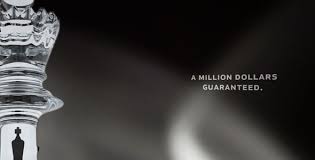FM MikeKlein on 12/1/14, 11:44 PM
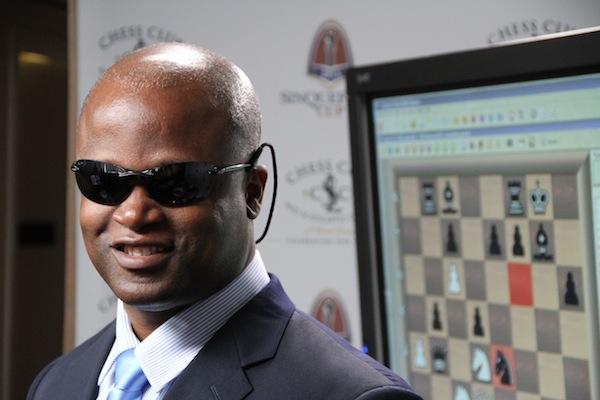
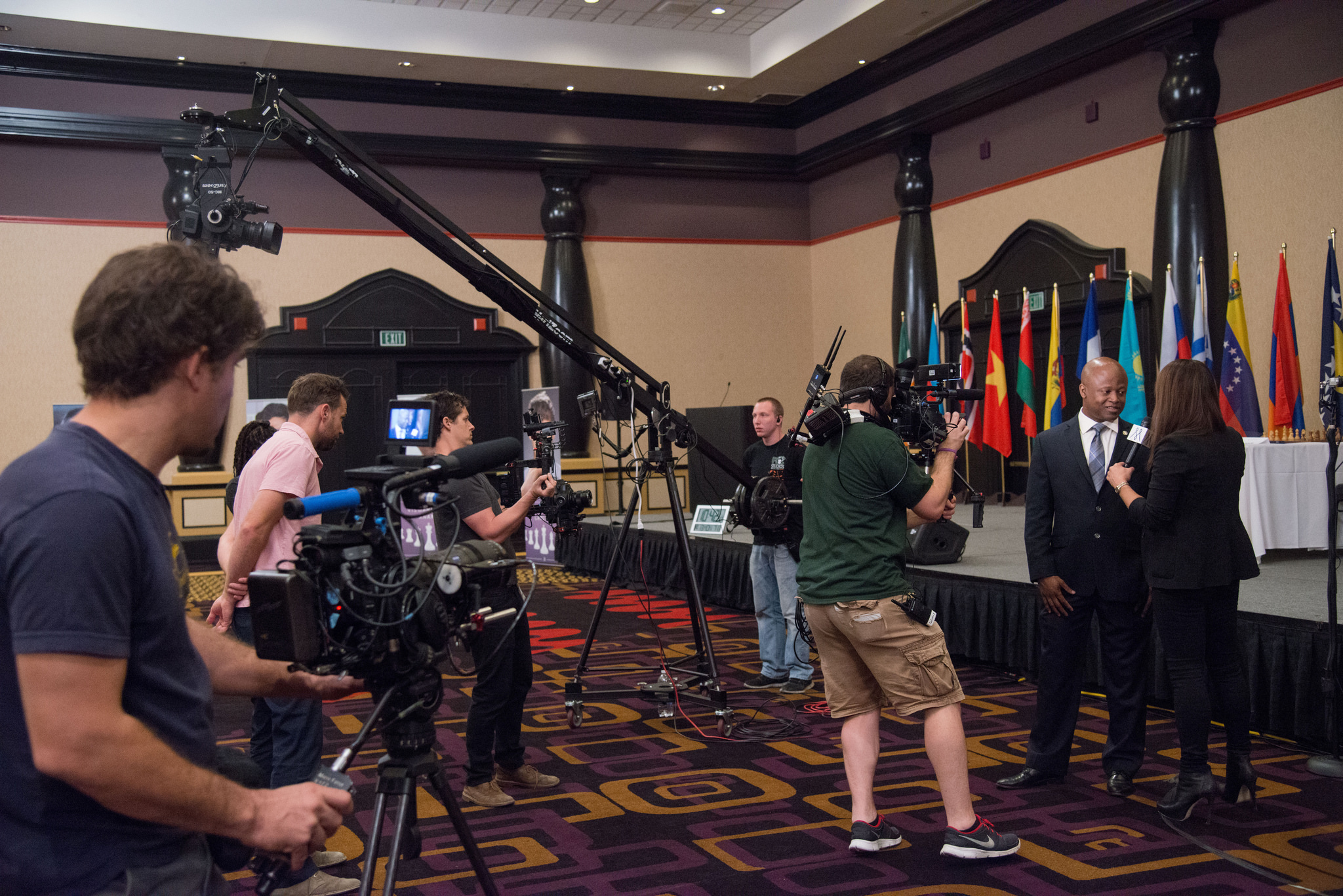
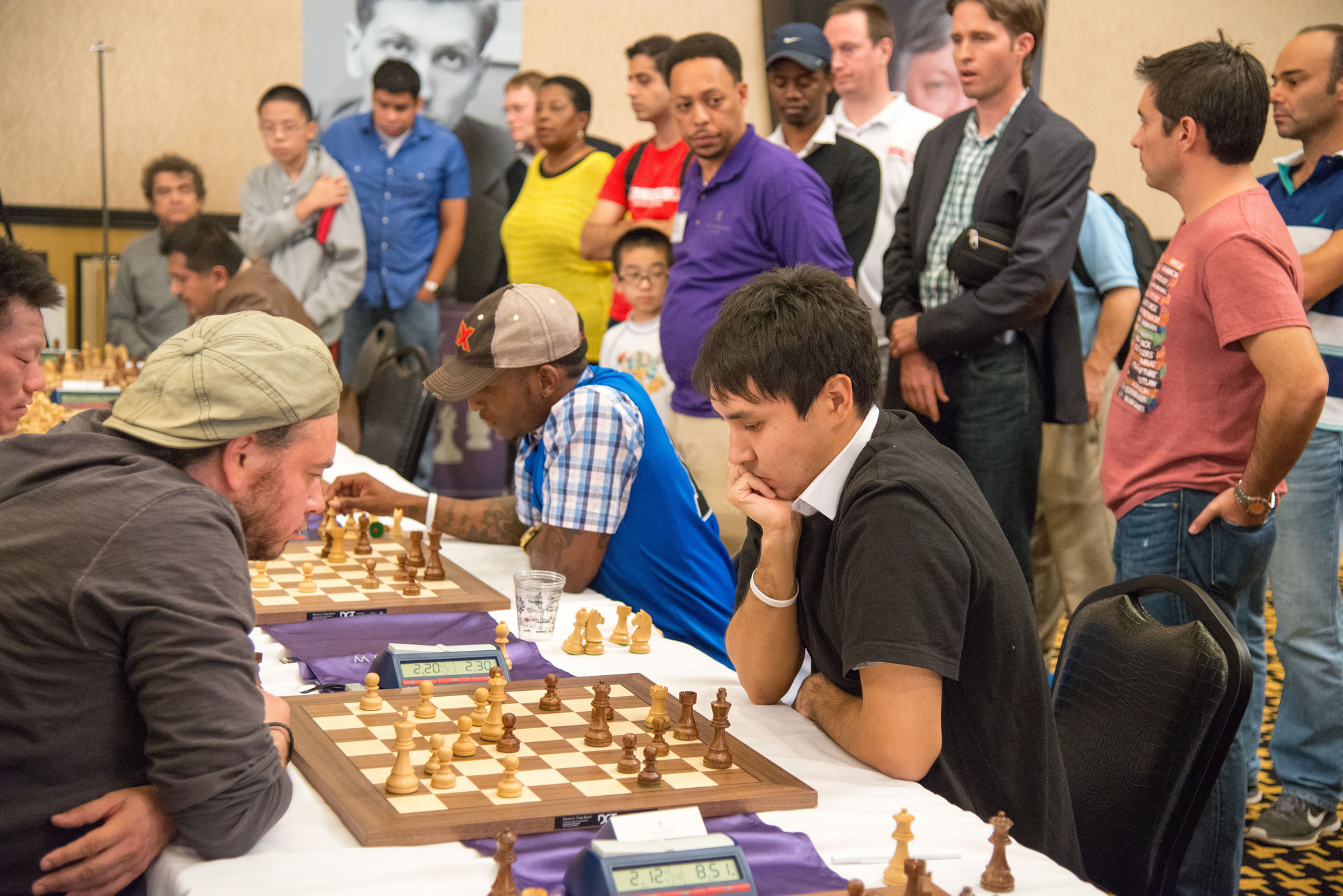
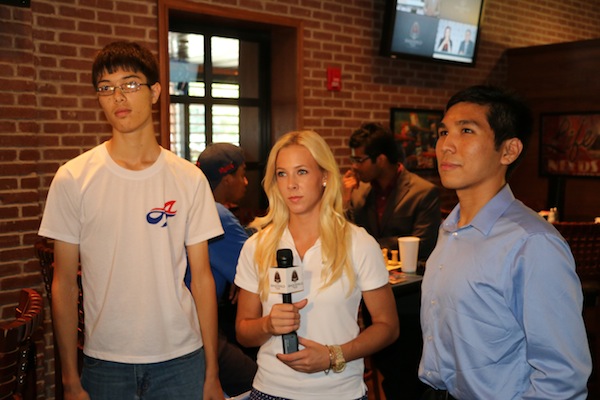
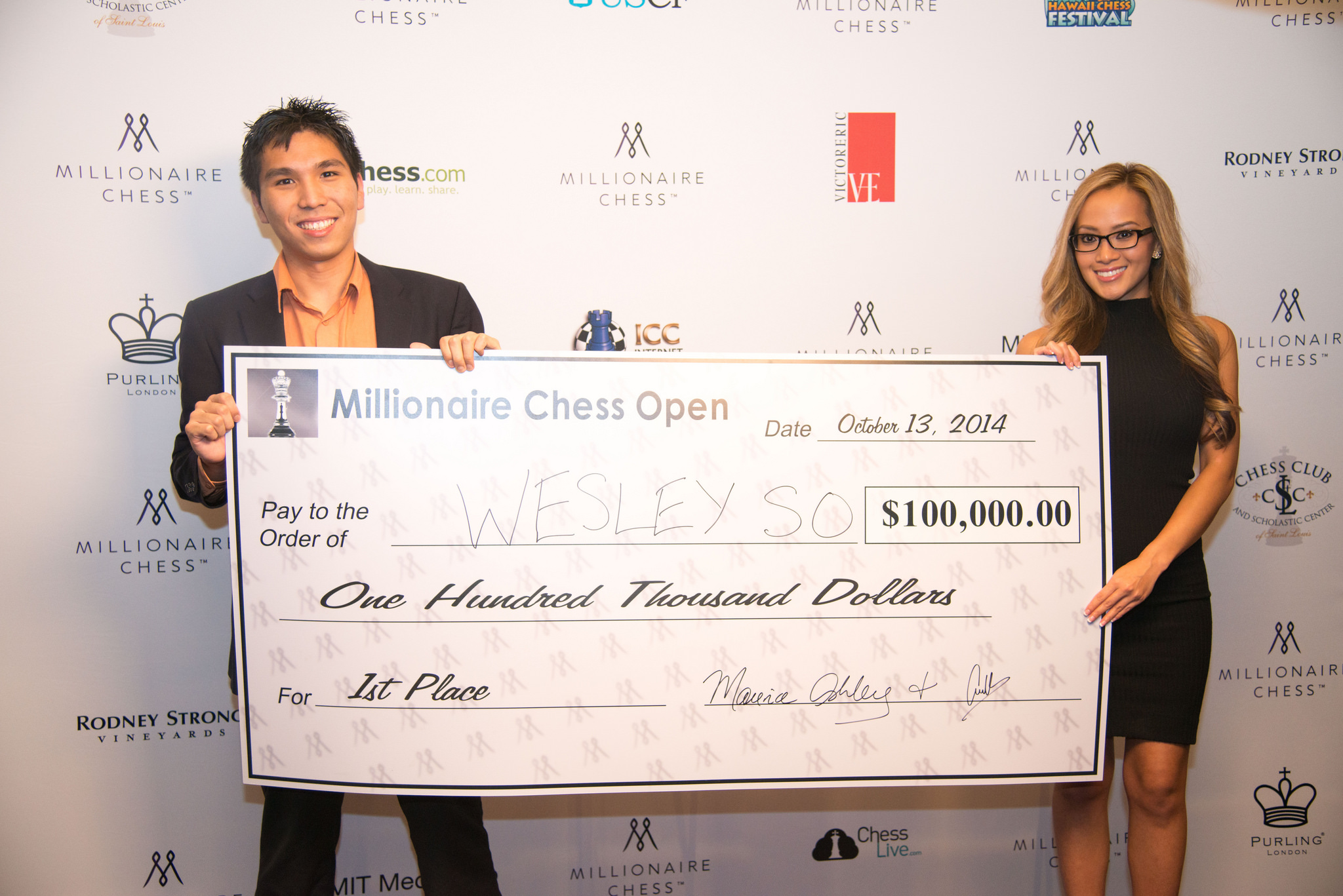
Millionaire Chess, the groundbreaking open event co-organized by GM Maurice Ashley and partner Amy Lee in October, announced Monday that the second edition will return to Las Vegas in October, 2015. Exact dates and host location have not yet been finalized.
The event gets its name from the $1,000,000 prize fund, easily the largest ever for an open tournament. In the inaugural edition, GM Wesley So took home the first prize of $100,000.
"While we gave due consideration to Orlando (Florida) in April (2015), we ultimately decided that the Spring was simply too soon to execute a quality tournament properly," their press release stated. It added that "odds are high" that Orlando will be considered again in 2016.

GM Maurice Ashley, having some fun at the 2013 Sinquefield Cup
"I am extremely excited to see all participants new and old at the next Millionaire Chess," Lee told Chess.com. "We have worked hard at incorporating all the feedback we have received and look forward to what the future holds."
For a wide array of opinions on how the first event ran, you can click here to see many links to chess sites and blogs.

Millionaire Chess invested a lot of resources into online coverage of the first event. (photo courtesy Billy Johnson)
Ashley and Lee hinted at some specific improvements for the second edition.
Sometime later this month the Millionaire Chess web site will undergo a "major overhaul." The revamped site will still have important logistics liks standings and registration, but will also be "dynamic" and "user friendly."
They also plan to add a "Global Satellite Program" which would allow local organizers to have events that qualify chess players for Millionaire Chess. The lowest entry fee for the first event was $1,000 so these satellite tournaments would allow people to essentially win their entry fee at a reduced cost. The structure is similar to what poker tournaments have done for years with high-entry-fee events.
"I'm looking forward to our second tournament," Ashley told Chess.com. "With our Global Satellite Program and more robust prizes below the top four places, I think folks are going to be excited about Millionaire Chess like never before!"

Millionaire Chess is clearly borrowing some of the initiatives of poker's success. On the left is FM Ylon Schwartz, 4th place finisher in the 2008 World Series of Poker Main Event. He was back in Vegas for Millionaire Chess in October. (photo courtesy Billy Johnson)
About 550 players attended the first edition, well below what was needed for the tournament to be financially solvent. Ashley and Lee were quoted in the New York Times that they expected to lose money on the first edition but that Millionaire Chess is part of a multiyear plan.

GM Wesley So (right) and GM Ray Robson, being interviewed by Teryn Schaefer of Fox Sports Midwest at the 2014 Sinquefield Cup. A month later, So and Robson would go 1-2 at Millionaire Chess.
One player who plans to return is FM Kazim Gulamali, winner of the $40,000 1st prize for 2350-2499.
"Vegas is pretty ideal," Gulamali said. "When you walk around you're not surrounded by chess. I like that. It's night and day. When I'm in [big] cities I enjoy it more."
He said he would have also played in Orlando in the Spring and that for him twice per year is not too often.

GM Wesley So and his big winner's check. (photo courtesy Billy Johnson)
How did he win the big prize this past October? Blissful ignorance. Going into round seven, the final game for players not competing in Millionaire Monday, Gulamali was unaware this was his final round.
"I thought the format was nine rounds," he said. "It worked out perfectly. In my round seven game I was down two pieces in a crazy position. I was just focusing on the game."
He will likely be more aware of the format this time around. Another improvement on his part: he will be registering early for this one. Last time he missed the early deadline and paid $1,500 to participate
Referer to

